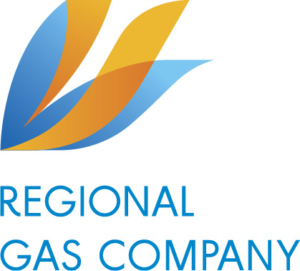During a recent visit to Kyiv Jack Ma, founder of the e-commerce empire, gave Ukrainian businessmen a few pieces of advice with powerful implications.
One quote struck me: “If your company is only a poor tractor, don’t try to buy a Boeing 747 engine. Because it’s not a Boeing engine problem, it’s your problem.”
A lot of insights can be gleaned from this statement. Ironically, though, it doesn’t really work for Ukraine’s gas distribution sector, which is facing the opposite problem.
Decades ago, the network of gas distribution pipelines was built to supply a population of 50 million and a giant manufacturing industry. But the situation has changed. Although gas consumption decreased four-fold, we still have an old system capable of distributing an unrealistic 120 billion cubic meters of gas.
This gas delivery system is our Boeing 747. Right now, a 50-seat Embraer ERJ 145 would be just right for Ukrainian consumers. After all, Boeing is expensive to operate. But the level of current investments in the industry is both too low to maintain such a huge liner – and not enough to switch over to an Embraer.
The costs of maintaining the gas transmission and gas distribution systems falls on the shoulders of Ukrainian consumers. This makes sense as they need the gas to be delivered to them. While the gas transmission system, which transports gas internationally, is needed by European households, the domestically focused gas distribution system works only for Ukrainian consumers: for industry, power stations and the households.
Hence the current situation – the size of the gas distribution system remains huge, but actual demand for its capacity has decreased four times. Now imagine this happening in a Boeing 747 – only the first 25 rows are occupied by passengers and the remaining 75 rows are empty. How expensive would tickets for such a flight be?
We need to change this situation. The only way to make our infrastructure viable is to conduct a full reconstruction or, in professional terms, to “redesign the gas distribution system.”
Today we are implementing several small pilot projects in various regions of Ukraine. We replace the equipment and redesign the network in selected locations. Early results show that this approach can help Ukraine achieve European standards in terms of operations and reliability.
The key problem here is a lack of investments. The volume of investments for distribution networks in Ukraine is very low. On average, we have 1 euro of investment per consumer. In neighboring Poland, it is 50 euros per year.
The development gap between Ukraine and Europe could be compared to the first Fort T-model cars and a modern Tesla. To understand the scope just compare the agenda in the gas distribution industry in Europe and Ukraine.
While Ukraine’s gas industry is busy talking who will receive or lose control of a pipeline, Europe is preparing to use hydrogen (created via electrolysis using solar and wind power sources, “green hydrogen” is seen as an innovative and low-emission replacement for fossil fuels like natural gas). For now, it is mostly mixed in with natural gas, but some in Europe are already thinking about using it just by itself!
A couple of European countries are already testing a mixture of hydrogen and methane, and the Netherlands is seriously considering launching hydrogen programs for individual cities as early as 2025.
Regional Gas Company, as a member of the Technical Association of the European Natural Gas Industry (“MARCOGAZ”), wants to follow this European trend. Next year, our specialists will begin to test the interaction of hydrogen with natural gas in closed sections of the network.
Although our government sometimes uses medieval methods in dealing with private business, we believe that we can bring the European agenda to Ukraine and reduce the civilizational gap through technological progress.
www.104.ua

